
14 Japanese Masks
Price: Approximately 2,200 yen per mask. Whether beating hayfever or dealing with a cold, there are plenty of reasons to check out some of Japan's iconic surgical masks during your next trip here. From general health to fashion accessory, there is guaranteed to be something to fit anyone's needs and style.

Japanese Kabuki Mask Sujiguma Design ** You can get additional details
The practice of wearing a mask in Japan is ancient. Studies suggest the origin dates back to the Jomon Period (300 B.C.). Many popular local dance forms — such as the Shinto dance and Noh dance — and festivals require the performers to wear masks to represent creatures, humans, or demons.

The Definitive Guide to Japanese Masks and Their Meanings Historyplex
A Japan-made mask from the Meiji period (1868-1912), one of the earliest of its kind, is seen in this image taken in the Tokyo suburban city of Tachikawa on March 17, 2021. The box describes it as.

Noh Mask Japanese Nogaku Hannia Dance Performances Party Halloween
Traditional Japanese masks are carved from a piece of cypress wood, covered with ceruse and then colored and lacquered. The details are painted with Indian ink and we can even find horsehair as hair or other pilosity. Their particularity: their lacquered side creates a multitude of light and shadow effects, giving them many facets. 😮

Traditional Japanese Masks Learn more at Japan Centric
1. Oni Masks - Japanese Demon Namahage Festival in Akita Oni means demon or monster in Japanese, and this mask is one of the most terrifying of all. It usually features a bright red face with an angry expression. Its eyes are usually a demonic yellow and it has long canine teeth.

Experiencing all aspects of Japan means you need to understand the mask
In Japan, masks are considered to possess power and so are used not just as decoration but also to protect shrines, temples, and increasingly homes. A Noh-mask carver in Hofu, Yamaguchi, applying pigment to a mask: Noh Theatre. Japanese mask-making reached its peak with the masks created for Noh dramas. Noh is a style of musical theatre from.
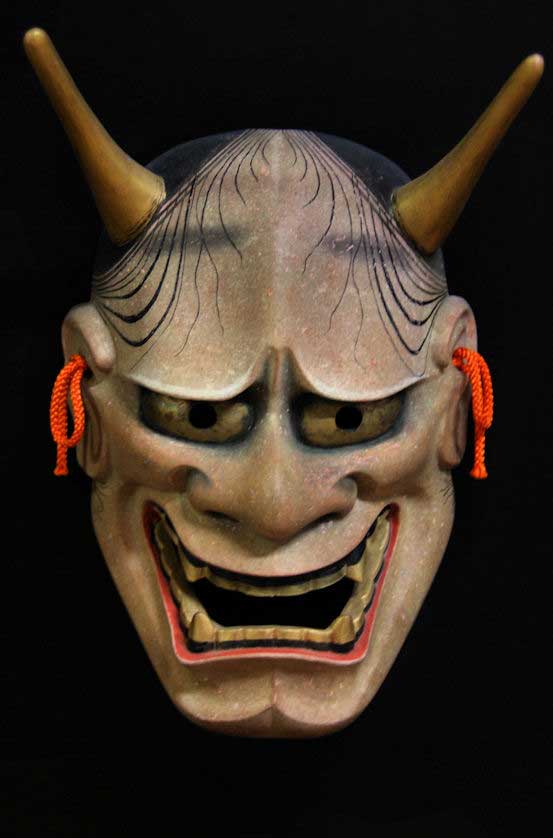
Japanese Masks Japan Experience
Where to buy face masks online in Tokyo and Japan These online shops offer a wide range of reusable face masks in different styles and materials - and they deliver to you Written by Kaila.

Traditional Japanese Masks and What They’re Used For
History of The Japanese Mask and Japanese Folklore. The long-standing tradition of wearing masks is a cherished and iconic element of Japanese culture. For centuries, masks have played a significant role in Japan, with their origins tracing back to at least the 6th century. Throughout history, Japanese masks have served multiple purposes.
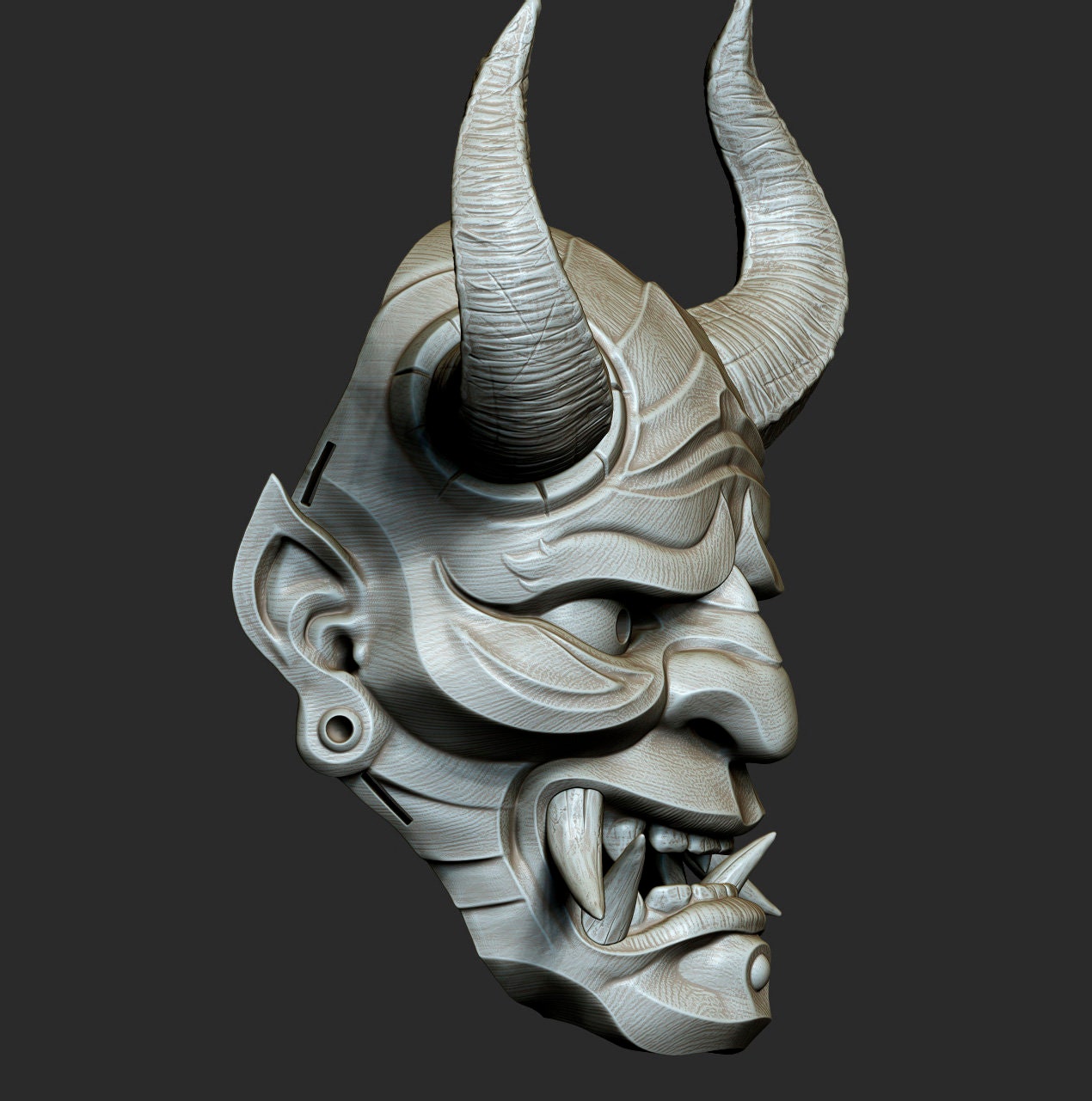
Traditional Japanese Hannya Mask Oni Masksamurai Mask decor Etsy
With Japan's long and rich history, these masks carry important and interesting cultural significance. Whether they are for theater, battle, or good fortune, all of these traditional Japanese masks represent a piece of that remarkable history. Let's take a look at 10 of the most famous traditional Japanese masks. Oni Masks

Traditional Japanese Masks and What They’re Used For
by : Japan Experience Add to favorites Japanese masks can be found in performances of Noh theater, Kagura, dancing, religious ritual and in a variety of festival settings. Japanese Culture: Masks 大面 Oni Hannya Tengu Otafuku Hyottoko Modern Masks Jake Davies A pair of Namahage Oni masks
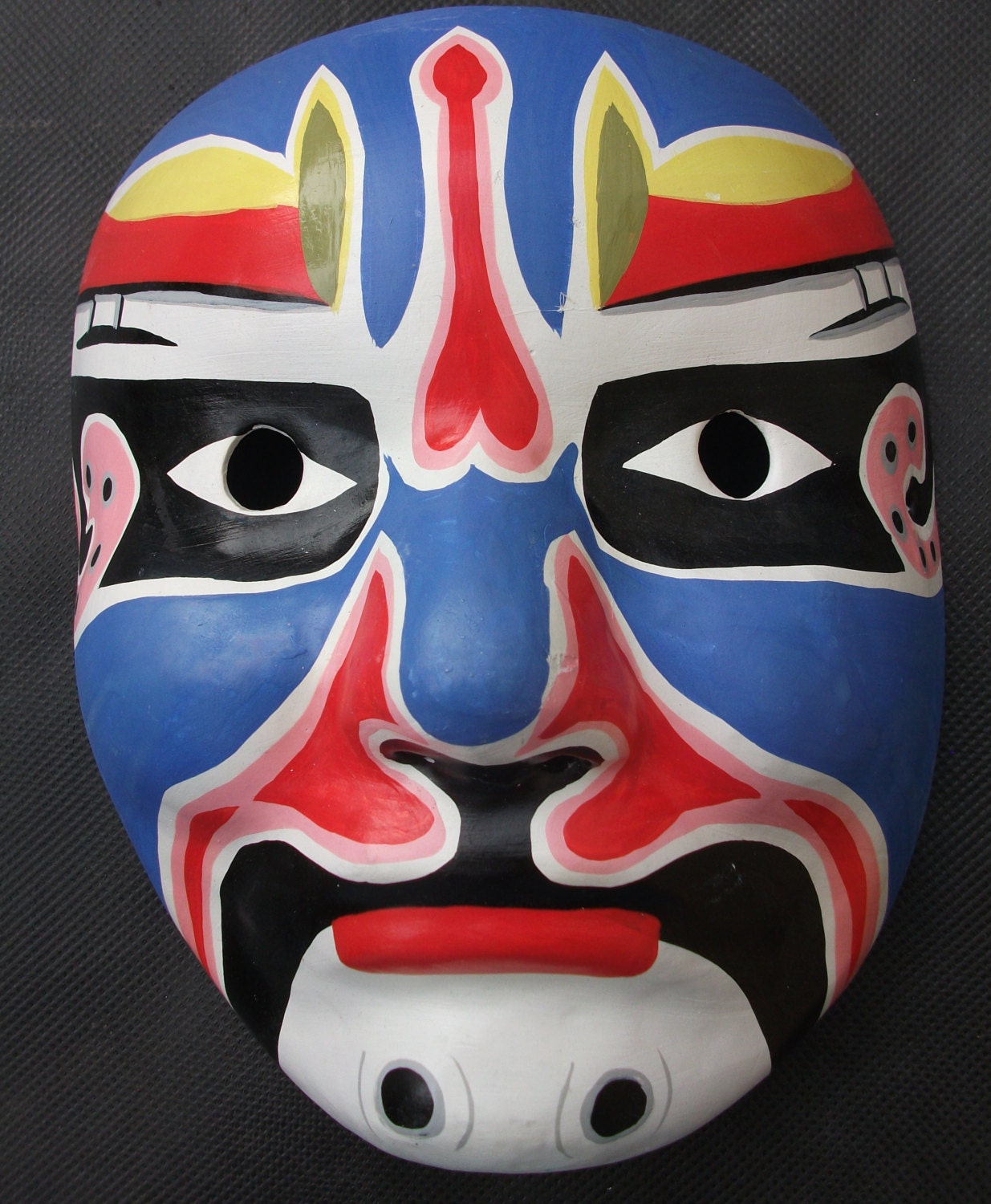
Japanese Kabuki Noh Theatre Mask Traditional Folk Art Hand
Kitsune masks or fox masks are worn by participants in certain Shinto festivals or by attendees just for fun. Historically, foxes were viewed as magical creatures with the ability to shapeshift. They were also seen as messengers of Inari, the Shinto god of rice, commerce, and prosperity.

Traditional Japanese Masks and What They’re Used For
1. Mempo (Samurai Masks) Mempo is known as samurai mask, used both to protect warriors' faces and to give fearful impressions to enemies. Mempo were started to be worn in wars from the 16th century, and they were made by skillful craftsmen using iron and lacquered leather. Masks were decorated with details such as fake teeth.
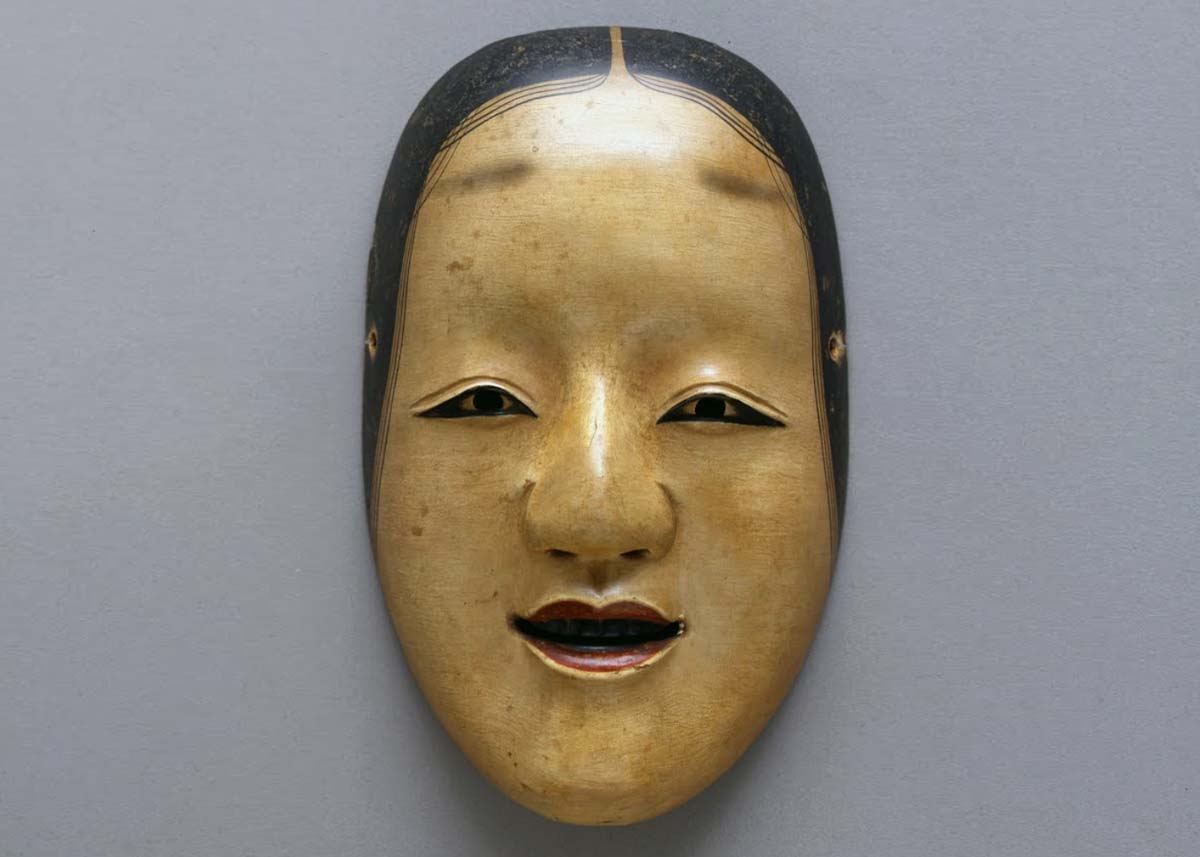
10 Things You Might Not Know About Traditional Japanese Masks
Another type of mask, a bright red one, is particularly noticeable. It represents Tengu - a powerful mountain spirit, the Lord and keeper of the forests. The image of Tengu is a huge creature with a red face, a long nose, and dressed in rags. As Japan has many wooded areas, their keeper Tengu is a very important ancient mythical creature.
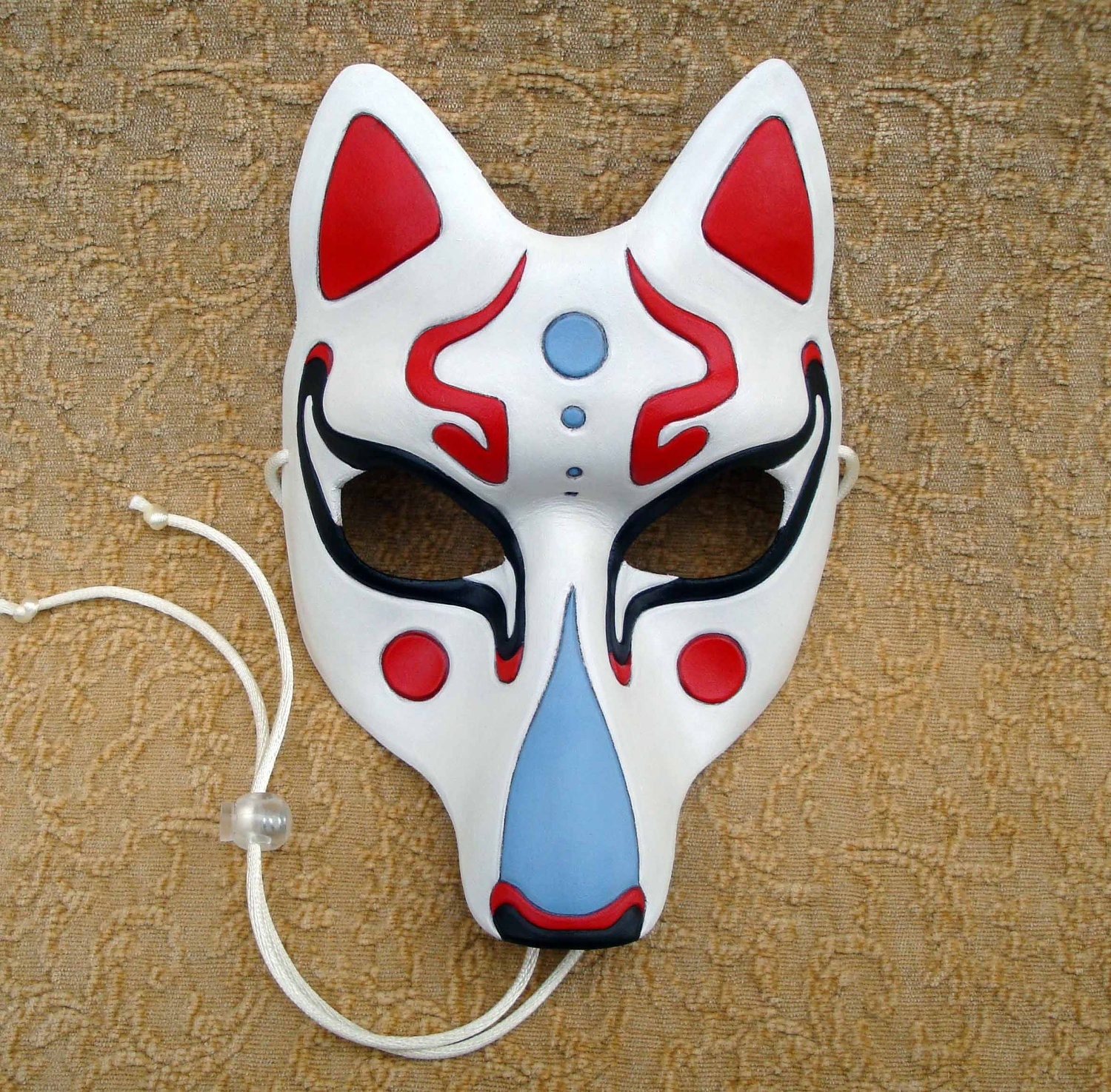
Fancy Traditional White Kitsune Mask... Japanese Fox Leather
Japanese skincare brands have expanded the variety of sheet masks by introducing products with a unique combination of ingredients that deliver just more than a boost in hydration - there are face masks for tackling fine lines, combating acne, evening out hyperpigmentation, and much more!
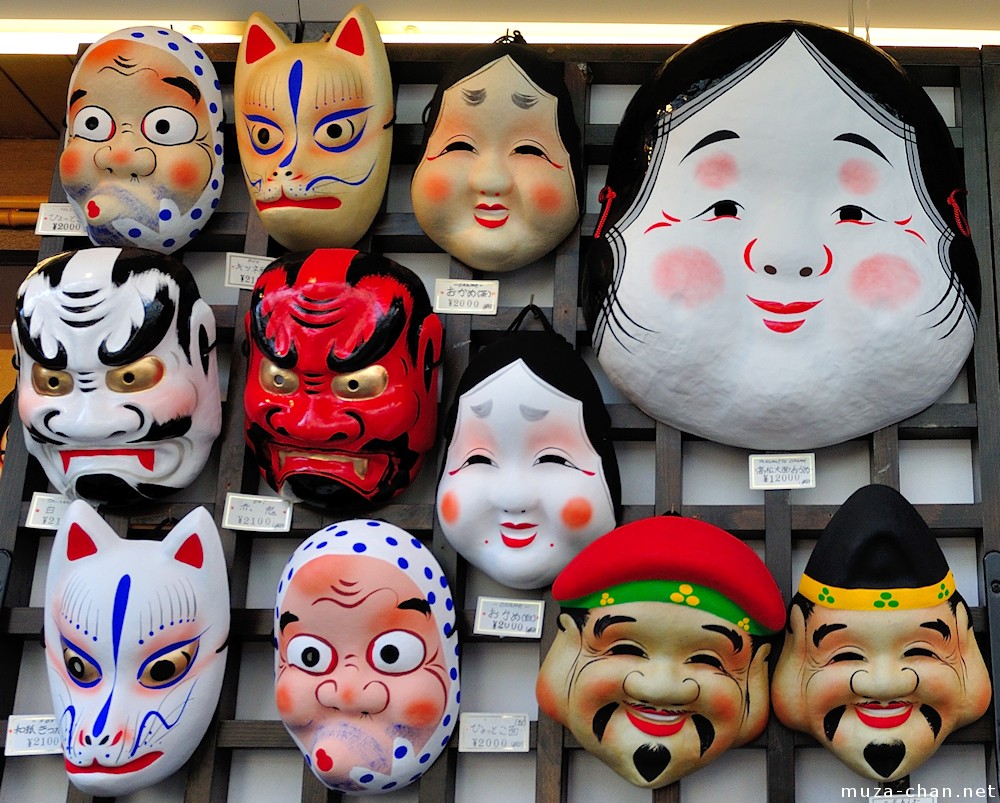
Japanese traditional mask, Hyottoko
Kendo masks - The Japanese version of fencing is kendo. Just like the samurai mask, these are made to protect the face against swords. 4. Hyottoko - It is one of the most interesting masks because of its "distorted" kind of facial expression. The explanation is, he blows through a bamboo pipe. Its name, Hyottoko, is derived from the words, hi.

Japanese Traditional plaster Noh Mask Collection handmade Etsy
This mask would be used to portray that the character was madly in love. 2. Hannya. Another major figure in Noh theatre is Hannya, a face so ingrained in Japanese culture it's one you've probably seen before, and one that - somewhat strangely - is a popular tattoo motif. The fearsome Hannya is a jealous female demon.